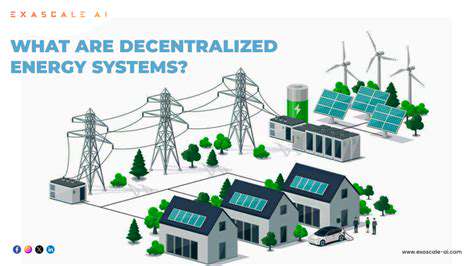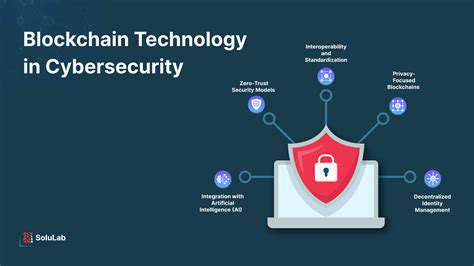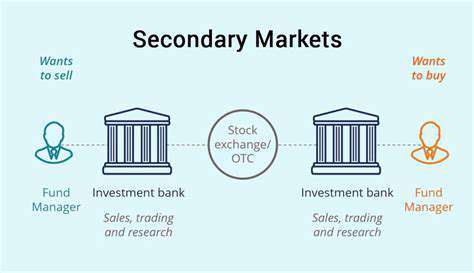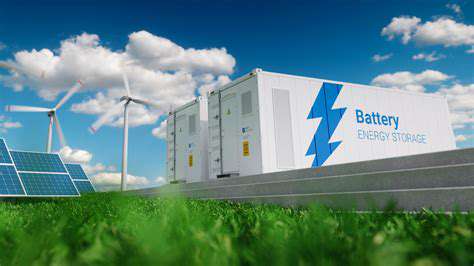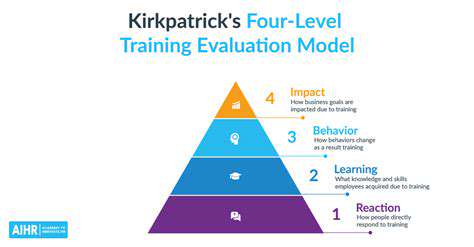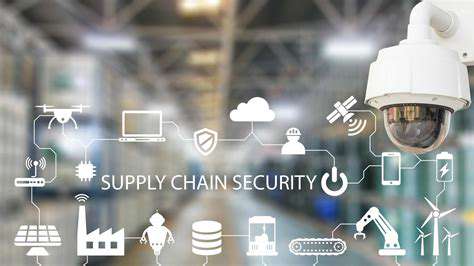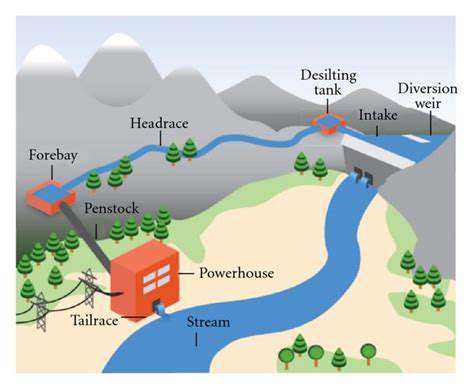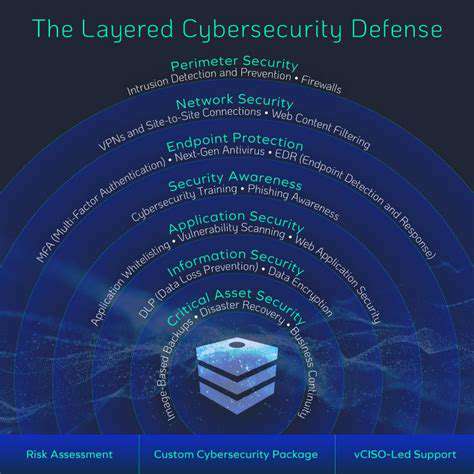Decentralization of Energy Generation with Peer to Peer Energy Trading
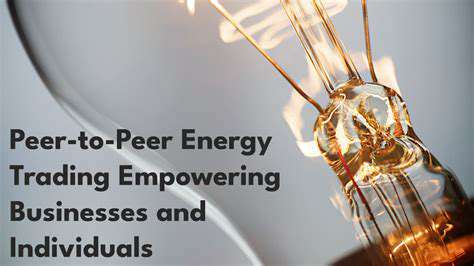
Peer-to-Peer Energy Trading: A Growing Trend
Peer-to-peer (P2P) energy trading is rapidly gaining traction as a novel approach to energy management. This innovative model allows individuals and small businesses to directly buy and sell excess energy generated from renewable sources, such as solar panels or wind turbines, to other participants in the network. This decentralized system offers significant potential for enhancing energy efficiency and reducing reliance on traditional energy grids.
This shift towards distributed energy resources represents a paradigm shift in the energy landscape. It democratizes energy access and empowers consumers to take control of their energy consumption and generation.
Key Advantages of P2P Energy Trading
One of the primary benefits of P2P energy trading is the potential for cost savings. By allowing individuals to directly exchange energy, intermediaries are often bypassed, resulting in lower transaction costs and potentially more competitive pricing. This streamlined approach can translate to substantial savings for consumers, especially those with substantial renewable energy generation.
Another important advantage lies in the increased resilience of the energy system. P2P trading fosters a more distributed and decentralized energy network, reducing the vulnerability to disruptions in the traditional grid. This decentralized approach can be vital in areas with unreliable or aging infrastructure.
Challenges and Considerations
Despite the numerous advantages, P2P energy trading faces certain hurdles. One key concern involves ensuring the reliability and safety of energy transactions. A robust platform with appropriate safeguards and protocols is necessary to manage the complexities of energy exchange between diverse participants.
Establishing clear and transparent pricing mechanisms is also critical. This will help ensure fair and equitable energy exchange between participants. This involves developing algorithms and protocols that account for factors like time of use, energy source, and demand fluctuations.
Technological Infrastructure and Platforms
The successful implementation of P2P energy trading relies heavily on the development of advanced technological infrastructure. This includes secure and reliable platforms for energy transactions, sophisticated algorithms for matching supply and demand, and communication networks to facilitate real-time data exchange.
Innovative mobile apps and user-friendly interfaces are vital for seamless participation by consumers and businesses. These platforms should provide clear and concise information about energy prices, availability, and transaction history to foster trust and encourage adoption.
Regulatory and Policy Frameworks
Appropriate regulatory frameworks are essential to ensure the smooth operation and sustainability of P2P energy trading platforms. These policies should address issues like grid access, energy storage, and consumer protection, ensuring fair practices and preventing potential market manipulation.
Clear regulations surrounding energy quality and reliability are also necessary to maintain the integrity and safety of the energy supply. Policies should provide a level playing field for all participants, regardless of their size or location, fostering a competitive and equitable marketplace for energy exchange.
Community and Social Implications
P2P energy trading has the potential to foster a stronger sense of community and social responsibility. By enabling individuals and businesses to share their renewable energy resources, this model can contribute to the development of sustainable energy communities and promote energy independence.
This approach also offers opportunities for education and awareness campaigns regarding energy conservation and sustainability. Such initiatives can empower individuals to make informed decisions about their energy consumption and generation habits, contributing to a more environmentally conscious society.
